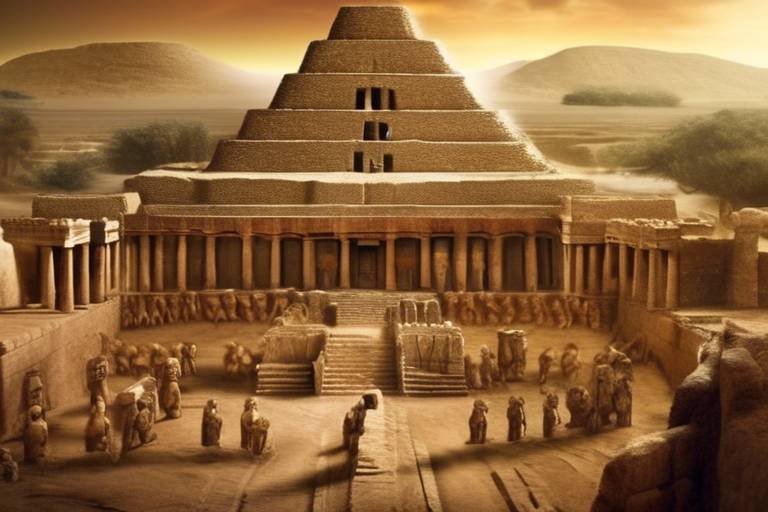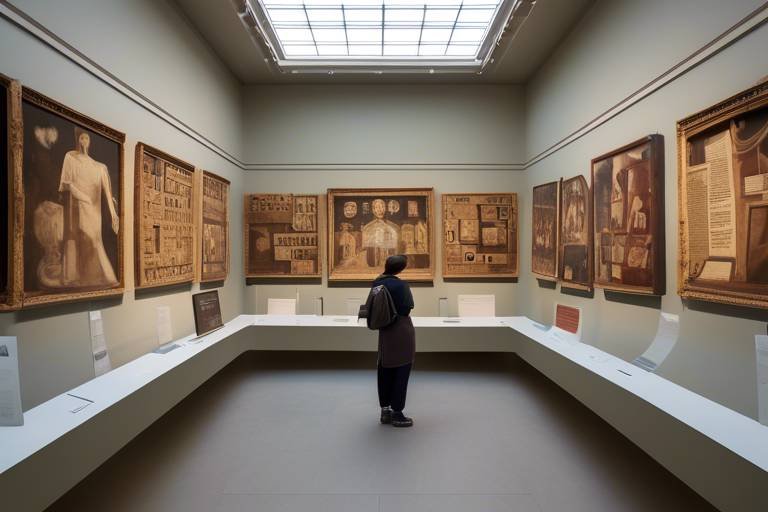The Role of Myths in Explaining Natural Phenomena
Myths have played a significant role in human history, serving as a means to explain the mysteries of the natural world long before the age of scientific reasoning. These ancient narratives provided communities with a framework to interpret and make sense of natural phenomena, from the rumbling of thunderstorms to the shifting of seasons. By delving into the realm of mythology, we can uncover the profound impact these stories had on shaping cultural beliefs and understanding of the world.

Ancient Mythological Stories
Ancient mythological stories have long captivated human imagination, offering explanations for the mysteries of the natural world that were once beyond comprehension. These tales, steeped in symbolism and rich in cultural significance, provided early civilizations with a narrative framework to make sense of natural phenomena that often inspired awe and fear.
In ancient Mesopotamia, the epic of Gilgamesh recounted the adventures of a legendary hero who sought immortality, reflecting the Mesopotamian worldview and beliefs about life and death. Similarly, Greek mythology abounds with stories of gods and goddesses who personified natural forces, such as Zeus, the god of thunder and lightning, and Poseidon, the god of the sea and earthquakes.
Across different cultures, myths were woven around celestial events like solar and lunar eclipses, with the Chinese attributing eclipses to a celestial dragon devouring the sun or moon. In Norse mythology, eclipses were seen as the result of wolves chasing the sun or moon, reflecting the cultural lens through which such events were interpreted.
Moreover, creation myths from ancient civilizations like the Egyptians, Mayans, and Aboriginal Australians offered intricate accounts of how the world came into being, often involving primordial beings and cosmic battles that shaped the very fabric of existence.
These ancient mythological stories not only served as explanations for natural phenomena but also reinforced societal norms, moral values, and the interconnectedness of humans with the environment. They were the threads that wove together the tapestry of early cultures, shaping beliefs and practices that endured for generations.

Symbolism and Interpretation
Exploring how ancient myths were used to interpret and make sense of natural occurrences before the advent of modern science and the impact of these narratives on cultural beliefs and understanding of the world.
Examining the various myths and legends from different cultures that were created to explain natural events such as thunderstorms, earthquakes, and the changing of seasons.
Discussing how symbols and metaphors in myths were used to represent natural elements and phenomena, providing a framework for understanding the world and human existence.
Exploring how creation myths from different cultures described the origins of the natural world and the forces at play in shaping the universe.
Analyzing the roles of gods and deities in myths as personifications of natural forces and phenomena, influencing human behavior and societal norms.
Investigating how myths were passed down through generations and evolved over time, adapting to changing cultural contexts and scientific discoveries.
Exploring the significance of oral tradition in preserving and transmitting mythological stories related to natural phenomena, shaping collective memory and cultural identity.
Comparing similarities and differences in mythological explanations of natural phenomena across different cultures and civilizations, highlighting universal themes and cultural diversity.
Examining how ancient myths continue to influence modern interpretations of natural phenomena, inspiring art, literature, and scientific inquiry in the contemporary world.
Ancient myths were rich in symbolism and interpretation, offering a lens through which to view the complexities of the natural world. Symbols and metaphors in these myths often represented fundamental aspects of nature, such as the sun, moon, and elements like water and fire. These symbolic representations provided a deeper understanding of the world, serving as a bridge between the tangible and the mysterious.

Creation Myths
Creation myths have long served as captivating narratives that attempt to explain the origins of the natural world and the intricate forces that govern its existence. These myths, found in various cultures around the globe, delve into the fundamental questions of how the Earth, heavens, and all living beings came into being. They offer imaginative tales that blend the mystical with the mundane, weaving together stories of gods, primordial beings, and cosmic events to provide a framework for understanding the complexities of the universe.
Across different civilizations, creation myths often share common themes despite their cultural diversity. They frequently depict a formless void or chaos from which the world emerges through divine intervention or cosmic processes. In some myths, powerful deities shape the elements, while in others, the universe is born from the union of opposing forces. These stories not only elucidate the physical origins of the world but also delve into the metaphysical realms, exploring the concepts of order, chaos, and the cyclical nature of existence.
One prevalent motif in creation myths is the idea of a creator deity or a group of gods responsible for bringing the world into existence. These divine beings are often portrayed as powerful entities with the ability to shape reality through their actions and decisions. They embody natural forces such as the sun, moon, and elements, symbolizing the interconnectedness of the physical world with the divine realm. The myths surrounding these gods serve not only to explain natural phenomena but also to provide moral and ethical guidelines for human behavior, reflecting the values and beliefs of the societies that crafted them.
Moreover, creation myths are not static stories but have evolved over time as they were passed down through generations via oral tradition. As societies changed and interacted with one another, these myths underwent transformations, incorporating new elements and adapting to different cultural contexts. Despite these variations, the core themes of creation myths often remain intact, highlighting the enduring human fascination with the origins of the universe and our place within it.
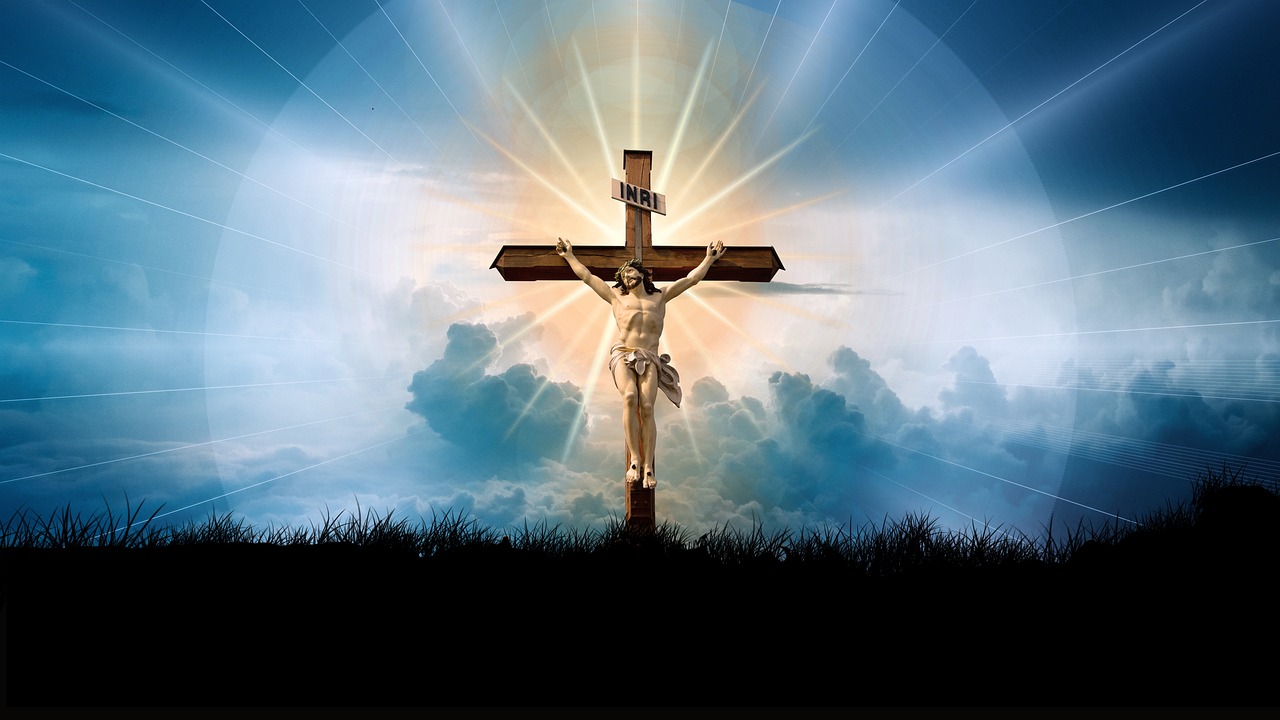
Gods and Deities
Gods and deities in ancient myths played a crucial role in shaping the narratives that explained natural phenomena. These divine beings were often portrayed as powerful entities controlling the elements, such as thunder, lightning, and the seas. In Greek mythology, Zeus, the king of the gods, wielded thunderbolts, symbolizing his authority over the skies and storms. Similarly, in Norse mythology, Thor, the god of thunder, was revered for his ability to control the weather, causing thunderstorms with his mighty hammer, Mjölnir.
These gods and deities served as personifications of natural forces, embodying the awe and reverence that ancient civilizations held for the mysteries of the natural world. Through myths and legends, human experiences were intertwined with the supernatural, offering explanations for the unexplainable and instilling a sense of order in a seemingly chaotic universe.
Moreover, the characteristics and actions of these divine beings often reflected societal values and norms. For instance, the Egyptian goddess Isis represented motherhood, fertility, and magic, embodying the nurturing aspects of nature. In contrast, the war god Ares in Greek mythology symbolized the destructive power of conflict and aggression, mirroring the darker aspects of human behavior.
As myths were passed down through generations, the roles of gods and deities evolved to adapt to changing cultural beliefs and practices. While some ancient civilizations worshipped these divine figures as literal entities, others interpreted them as symbolic representations of natural phenomena and human experiences. Regardless of the interpretation, gods and deities in myths continue to fascinate and inspire curiosity about the interconnectedness of the natural world and the divine realm.
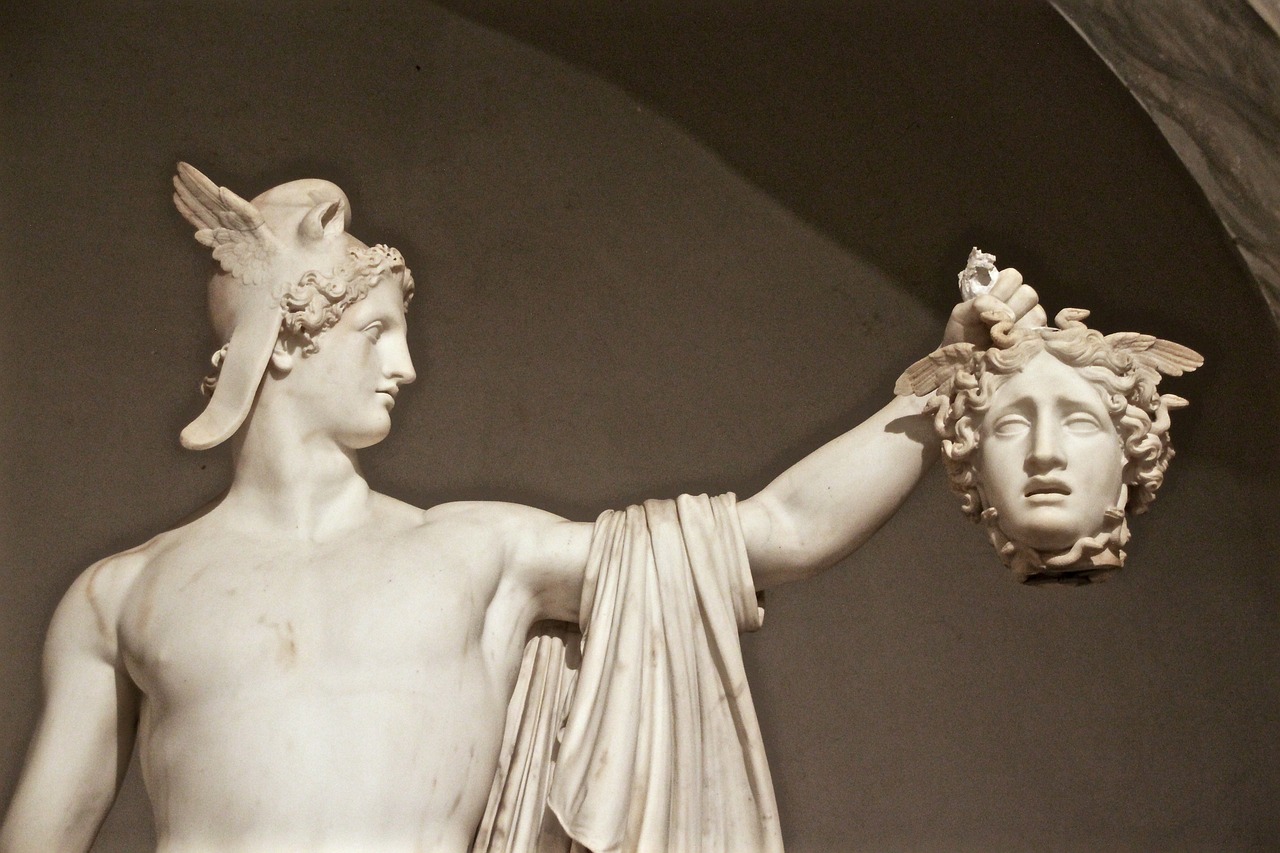
Transmission and Evolution
Exploring how ancient myths were used to interpret and make sense of natural occurrences before the advent of modern science and the impact of these narratives on cultural beliefs and understanding of the world.
Examining the various myths and legends from different cultures that were created to explain natural events such as thunderstorms, earthquakes, and the changing of seasons.
Discussing how symbols and metaphors in myths were used to represent natural elements and phenomena, providing a framework for understanding the world and human existence.
Exploring how creation myths from different cultures described the origins of the natural world and the forces at play in shaping the universe.
Analyzing the roles of gods and deities in myths as personifications of natural forces and phenomena, influencing human behavior and societal norms.
Investigating how myths were passed down through generations and evolved over time, adapting to changing cultural contexts and scientific discoveries.
Exploring the significance of oral tradition in preserving and transmitting mythological stories related to natural phenomena, shaping collective memory and cultural identity.
Comparing similarities and differences in mythological explanations of natural phenomena across different cultures and civilizations, highlighting universal themes and cultural diversity.
Examining how ancient myths continue to influence modern interpretations of natural phenomena, inspiring art, literature, and scientific inquiry in the contemporary world.
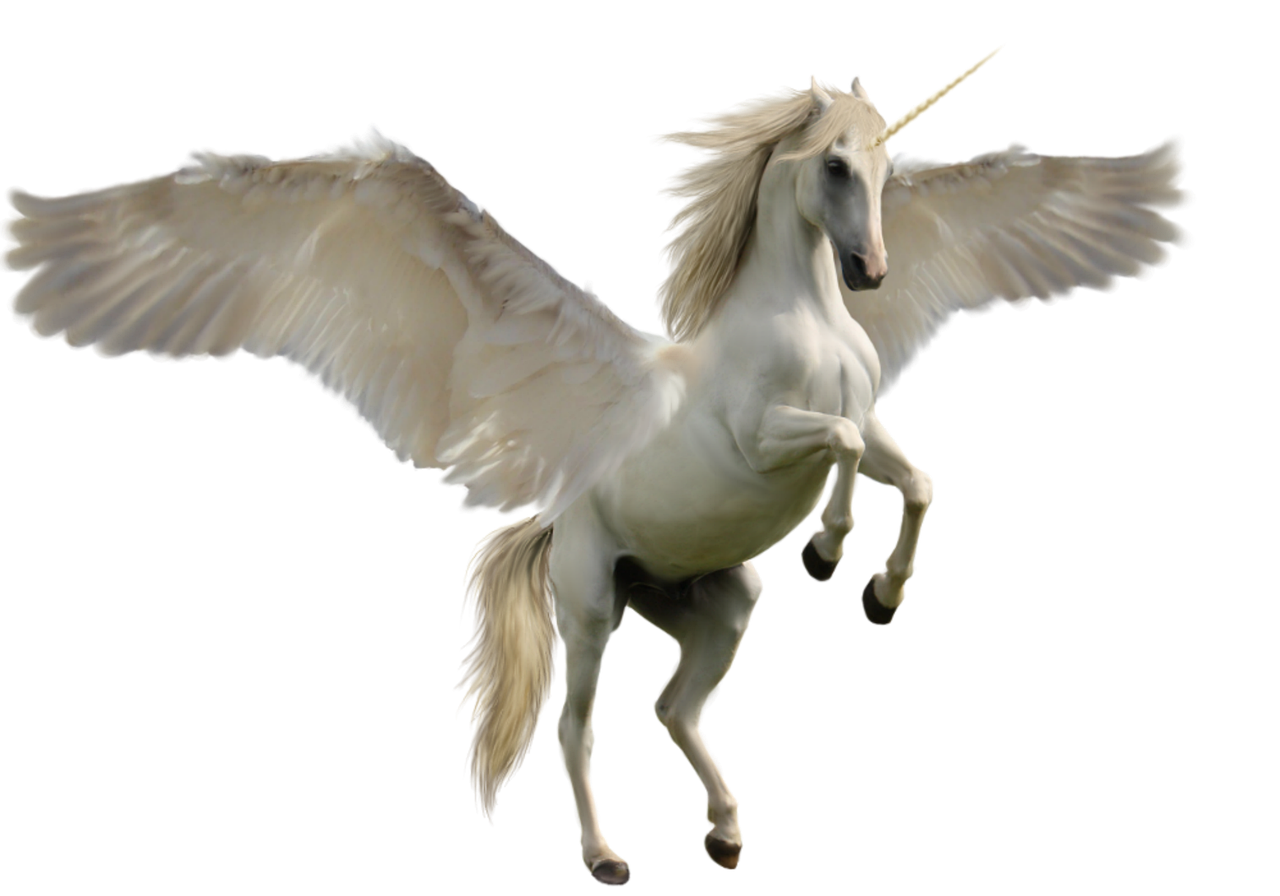
Oral Tradition
The concept of oral tradition plays a crucial role in the preservation and transmission of mythological stories that explain natural phenomena. Imagine sitting around a campfire, listening to elders recount tales of gods and heroes, passing down knowledge from one generation to the next like a precious heirloom. These stories, woven with intricate details and vivid imagery, not only entertain but also serve as a cultural archive, storing ancient wisdom and beliefs.
Through oral tradition, myths are kept alive, breathing life into the past and connecting it to the present. The oral retelling of these narratives fosters a sense of community and shared identity, binding individuals through a common heritage. It is through this oral medium that the essence of myths is preserved, ensuring that the lessons and insights they offer are not lost to time.
Furthermore, oral tradition allows for the adaptation and evolution of myths as they are passed down through generations. Each storyteller adds their own flair, embellishing the tales with personal touches while staying true to the core message. This dynamic process of storytelling ensures that myths remain relevant and relatable, resonating with audiences across different eras and cultures.
In the realm of oral tradition, myths transcend mere stories; they become living entities, pulsating with the collective memory and imagination of a people. The oral retelling of these myths is akin to a ritual, a sacred act that honors the past and shapes the future. It is a testament to the enduring power of storytelling and the human need to make sense of the mysteries that surround us.
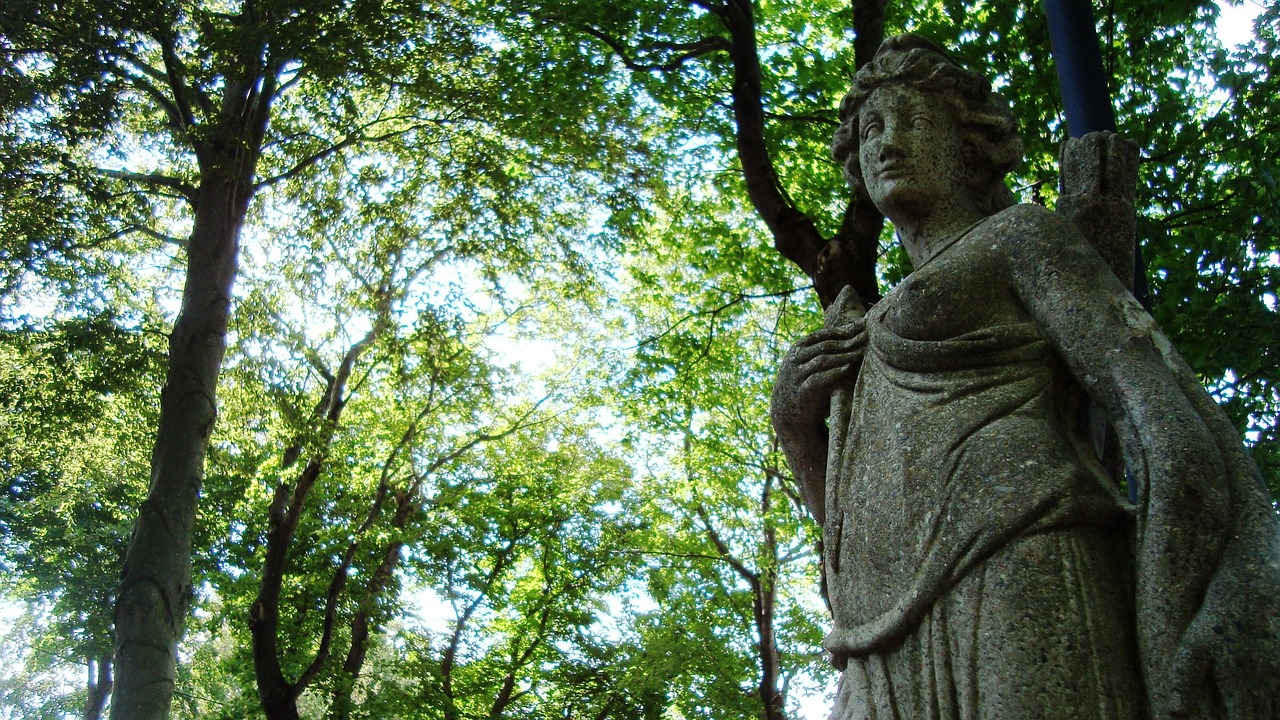
Comparative Mythology
Comparative Mythology delves into the fascinating realm of analyzing and contrasting mythological explanations of natural phenomena across diverse cultures and civilizations. By examining these narratives side by side, we uncover both universal themes that transcend geographical boundaries and the rich tapestry of cultural diversity that shapes our understanding of the world.
Through Comparative Mythology, we can draw parallels between the stories of different societies, revealing shared beliefs about the origins of the universe, the cycles of nature, and the forces that govern our existence. These comparative studies highlight the interconnectedness of human experiences and the ways in which myths serve as a bridge between the tangible world and the realm of the divine.
By exploring Comparative Mythology, we gain insights into the human quest for meaning and the enduring power of storytelling to make sense of the mysteries of the natural world. These comparative analyses not only shed light on the similarities between cultures but also celebrate the unique perspectives and interpretations that make each mythological tradition a treasure trove of wisdom and wonder.
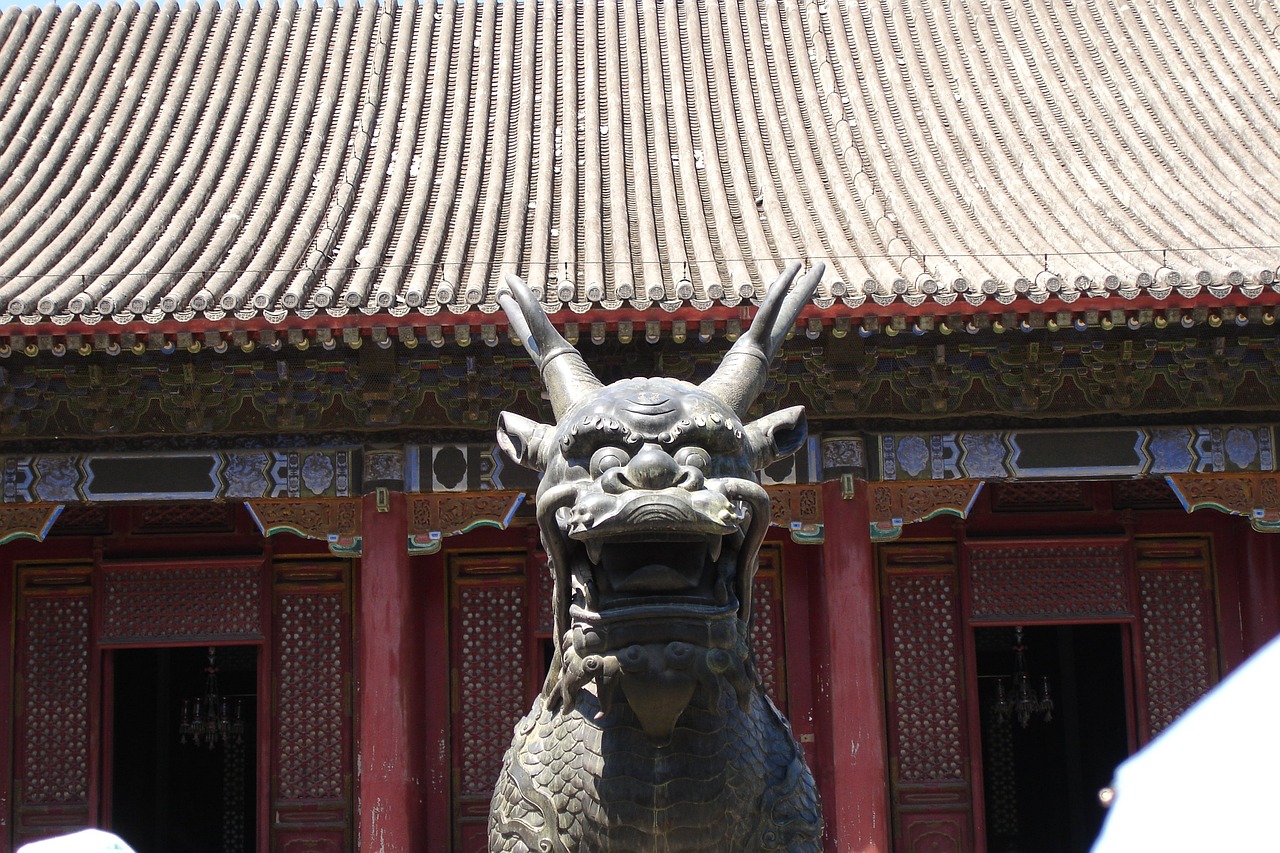
Modern Interpretations
Modern interpretations of ancient myths play a crucial role in shaping contemporary perspectives on natural phenomena. Artists, writers, and scientists often draw inspiration from mythological stories to explore the complexities of the world around us. Through the lens of modern interpretation, ancient myths are not seen as mere folklore but as profound reflections of human experiences and the mysteries of nature.
One of the fascinating aspects of modern interpretations is how myths are reimagined in various art forms. Paintings, sculptures, and literature often incorporate mythological motifs to convey deeper meanings or evoke emotional responses. By blending ancient narratives with modern sensibilities, artists create a bridge between the past and the present, inviting audiences to reconsider their relationship with the natural world.
Furthermore, modern interpretations of myths contribute to scientific inquiry by sparking curiosity and imagination. Mythological themes are sometimes used as metaphors to explain complex scientific concepts or to inspire new theories and hypotheses. By exploring the symbolic richness of ancient myths, scientists and researchers find innovative ways to approach the study of natural phenomena and human existence.
Moreover, the influence of ancient myths can be seen in popular culture, where movies, TV shows, and video games often incorporate mythological elements to captivate audiences. By reinterpreting age-old stories in a contemporary context, creators engage with universal themes and archetypes that resonate across cultures and time periods. This fusion of ancient wisdom with modern storytelling techniques creates a dynamic tapestry of narratives that continue to shape our understanding of the world.
Frequently Asked Questions
- What is the significance of ancient myths in explaining natural phenomena?
Ancient myths played a crucial role in helping early civilizations make sense of the world around them. These stories provided explanations for natural events such as thunderstorms, earthquakes, and the changing of seasons, offering a framework for understanding the complexities of nature.
- How did symbols and metaphors in myths contribute to the interpretation of natural elements?
Symbols and metaphors in myths were used to represent natural elements and phenomena in a way that was relatable and understandable to people. By using familiar symbols, ancient cultures were able to convey complex ideas about nature and human existence, fostering a deeper connection to the world.
- Why were gods and deities often depicted in myths as personifications of natural forces?
Gods and deities in myths were often portrayed as embodiments of natural forces to illustrate the power and influence of these elements on human life. By assigning human-like qualities to these forces, ancient cultures sought to explain the mysteries of the natural world and the origins of life.
- How have ancient myths influenced modern interpretations of natural phenomena?
Ancient myths continue to inspire modern interpretations of natural phenomena, serving as a source of creativity and inspiration in various fields such as art, literature, and scientific inquiry. The enduring legacy of these myths highlights their timeless relevance and enduring impact on human culture.







